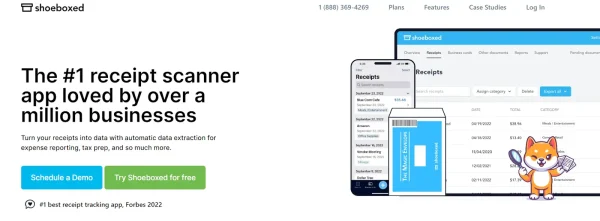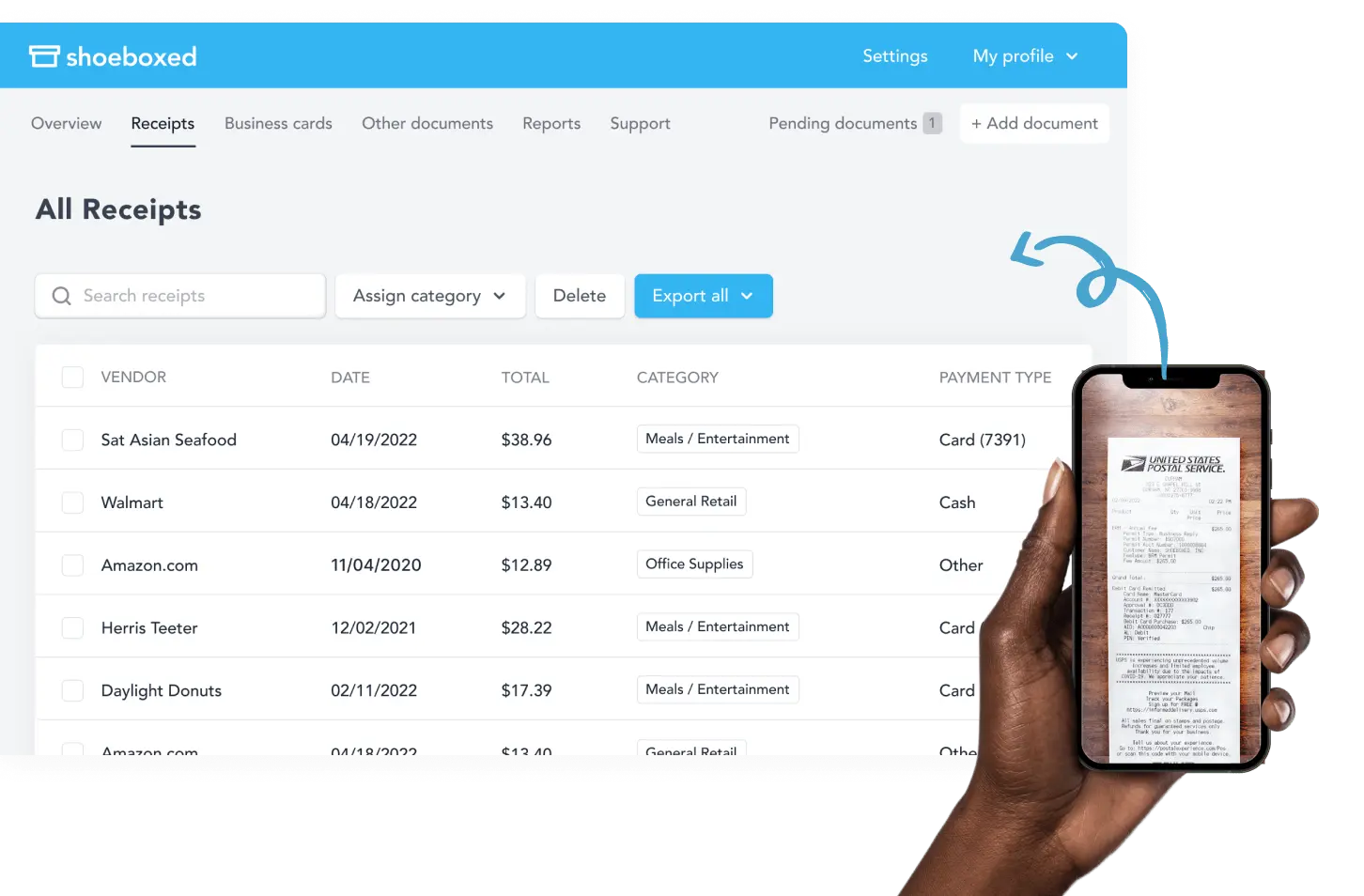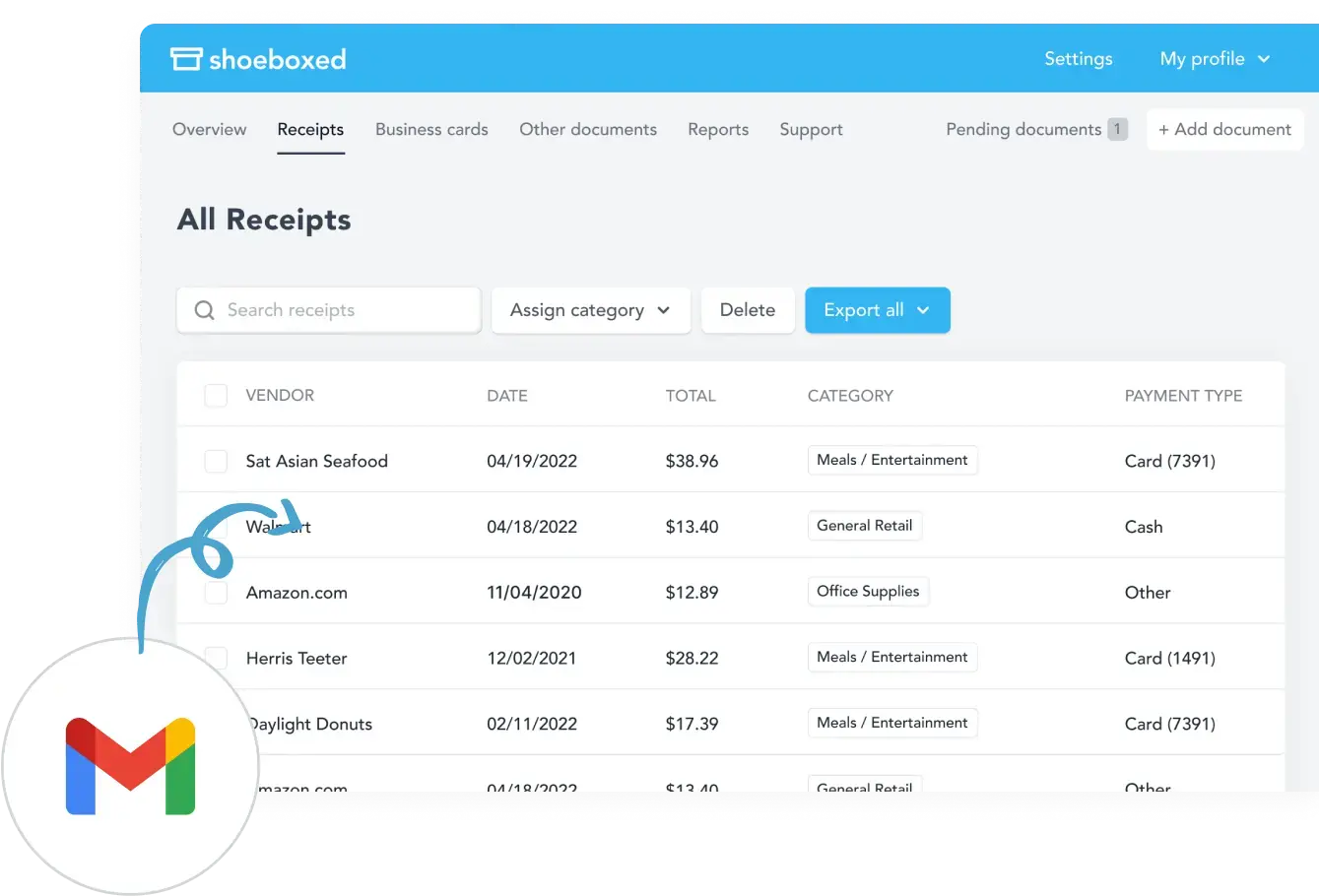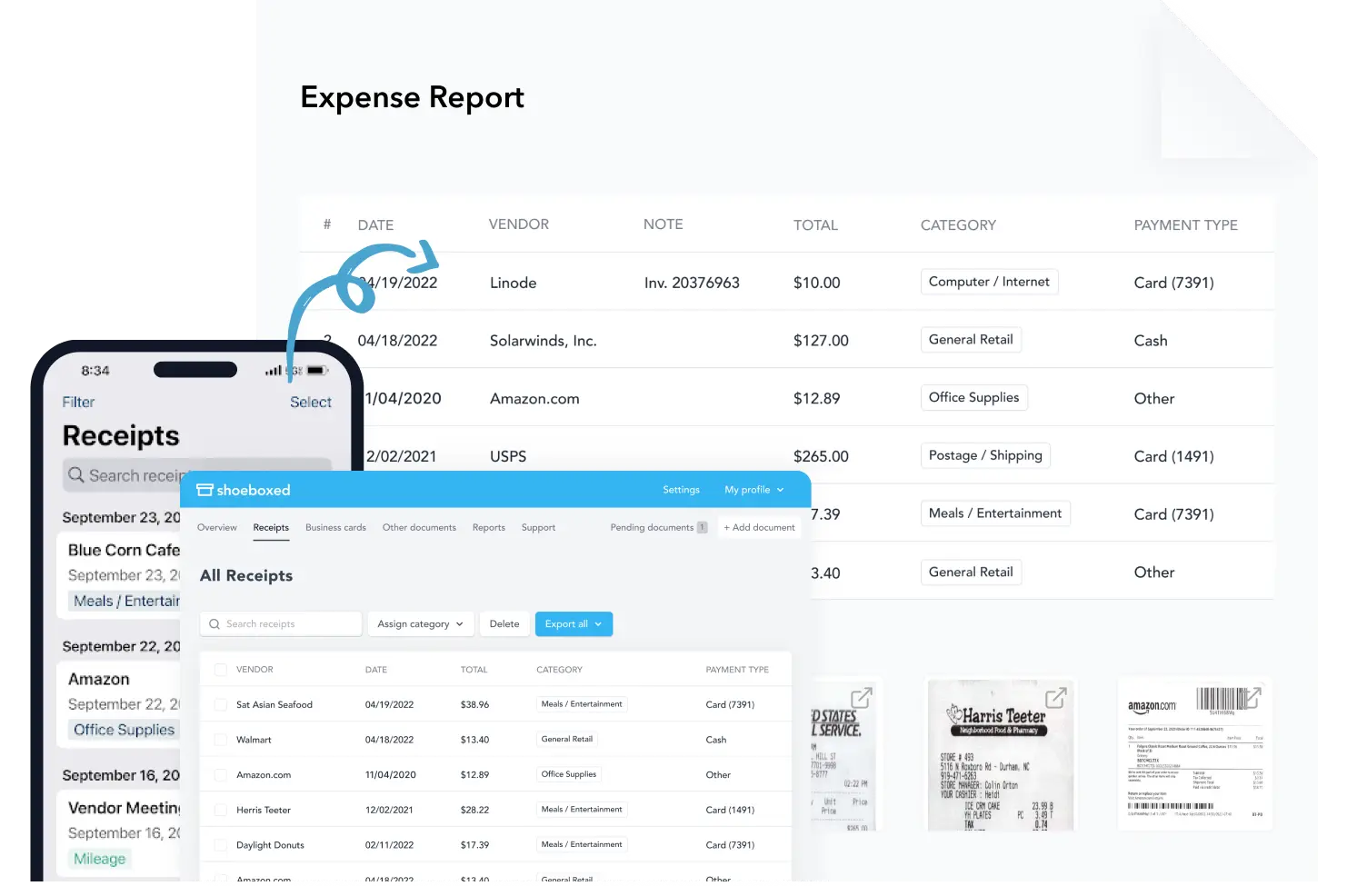OCR and data extraction are critical to managing, organizing, and processing business data.
This turns unstructured content into structured, business-ready data and unlocks insights and workflow automation through an efficient data extraction process.
OCR data extraction has become the cornerstone of modern data management, empowering businesses with efficient document processing and digital transformation.
What is Optical Character Recognition (OCR)?
First, let's look at what OCR is and what OCR data extraction software is needed.
What is OCR data extraction?
Optical Character Recognition is a technology that converts printed or handwritten text from images into machine-encoded text using computer vision.
This allows computers to read and understand text from various sources, such as scanned documents, photos, and digital images.
This turns unstructured data, like text within images, into structured data that humans can quickly process and analyze.
The OCR data extraction process reduces data entry for document management.
OCR software and scanners
Specialized OCR software and scanners are used to extract data.
OCR software uses algorithms, machine learning, and deep learning to recognize different fonts, handwriting styles, and languages.
Optical Character Recognition scanners capture images of documents or textual data and convert them into digital data and files, including image files.
The combination of OCR software and scanners turns unstructured data into structured data, like capturing images of scanned documents and transforming them into searchable and editable text.
How does OCR data extraction work?
OCR data extraction systems, powered by AI, read and process content from various images and documents, including PDFs, scanned images, and digital files.
OCR recognizes different styles, sizes, and text orientations, so manual data entry is unnecessary.
Natural language processing analyzes the meaning of the converted text and complements OCR technology by enhancing the process of turning images of text into a machine-readable format.
By looking at the visual data, OCR can identify and extract text.
How does Shoeboxed utilize OCR data extraction?

Shoeboxed is an expense management tool that uses OCR data extraction to process digital documents, making receipt and expense management a breeze.
Here’s how Shoeboxed uses OCR to benefit individuals and businesses:
Receipt digitalization
Users can capture receipts using the Shoeboxed mobile app, email, or physical receipt mailing.
Mobile app

Shoeboxed allows users to digitize receipts by taking photos with their mobile device’s camera and Shoeboxed’s app. The app extracts the essential data from the scanned documents and receipts and uploads it into the user’s Shoeboxed account. No manual data entry is required.
Magic Envelope service

Shoeboxed has a mail-in service for physical receipts or documents if you want to outsource the scanning. Users can send batch receipts in a pre-paid envelope, or the Magic Envelope and Shoeboxed will scan, digitize, human-verify, and upload them to your account. They are stored in the cloud and accessible anytime from anywhere.
Break free from manual data entry ✨
Use Shoeboxed’s Magic Envelope to ship off your receipts and get them back as scanned data in a private, secure cloud-based account. 📁 Try free for 30 days!
Get Started Today
Users can also forward receipts or documents from their email inbox to their Shoeboxed account, use a custom Gmail plug-in to auto-import e-receipts in their inbox, and send them to their Shoeboxed account or drag and drop receipts into the cloud using a desktop or laptop.
Automatic categorization

Shoeboxed extracts critical information from receipts or documents using OCR data extraction and document classification, identifying name, date, amount, and payment method. It then auto-categorizes these expenses into 15 tax or custom categories.
The extracted data from the scanned document is auto-categorized to organize expenses by category, project, or client.
Shoeboxed makes all extracted data searchable so that you can find specific receipts or expense details in seconds. This saves time in financial management and reporting.
All digitized receipts and extracted data are stored in one place so you can access and retrieve them when needed.
Turn receipts into data with Shoeboxed ✨
Try a systematic approach to receipt categories for tax time. Try free for 30 days!
Get Started TodayAutomatic expense reports

Using the extracted data, you can generate detailed reports, which give you insights into spending and help you identify areas for cost savings.
OCR technology gives you consistent and uniform data extraction for accurate financial reports.
Compliance and audit readiness
Shoeboxed ensures all receipt data is captured and organized so you can comply with financial regulations.
The searchable and organized data from Shoeboxed makes the audit process easy, so all documents and information are at your fingertips.
Accuracy
By automating data extraction, Shoeboxed reduces manual data entry errors, ensuring the accuracy and trustworthiness of your financial records. Shoeboxed also leverages intelligent document processing to further enhance the accuracy and efficiency of its OCR technology.
OCR data extraction is necessary for any receipt scanner and offers accuracy, efficiency, organization, and compliance. Shoeboxed uses this technology to give you a powerful expense management solution for better financial oversight and accurate financial records to make informed financial decisions.
Lighten the Load✨
Learn How a Multi-Campus Church Reclaims 20 Hours a Month with the Shoeboxed App
Read the case studyWhat are the benefits of OCR data extraction?
We have found that OCR data extraction software benefits businesses across various industries.
1. Business productivity
According to a report by Xerox Corporation, 46% of small to mid-sized businesses waste significant time daily on paper-intensive processes.
OCR helps business productivity.
OCR can make content editable and reusable for decision-making when applied to business documents.
This means less time spent searching and managing physical documents, a significant time saver with OCR data extraction.
Plus, employees are freed from tedious tasks when businesses automate the data extraction pipeline with OCR data capture. This saves time and productivity as employees can focus on more important tasks.
2. Scalability and growth
Another benefit of OCR data extraction is scalability and growth.
As a business grows, the amount of documentation and data entry increases.
OCR can handle growing document loads without sacrificing data extraction quality and speed.
This means a smooth transition as the business grows without needing extra resources and maintaining document management efficiency.
3. Customer experience
OCR data extraction also impacts customer experience.
Businesses can extract relevant information from documents quickly and accurately to respond to customer inquiries and requests.
Plus, OCR makes customer-related documents more organized and accessible so you can provide a more personalized service.
Businesses can increase customer satisfaction and build stronger relationships by simplifying data extraction.
By automating data entry, streamlining workflows, and improving customer experience, OCR data capture helps business efficiency, scalability, and growth.
Frequently asked questions
What are the benefits of OCR?
OCR data extraction has many benefits, including faster processing times, less manual work, and more accuracy than manual data extraction.
It simplifies workflows and is excellent for large volumes of documents, increasing overall productivity.
How accurate is OCR?
Modern OCR can be very accurate.
However, poor image quality, unclear text, or highly stylized fonts can impact OCR data extraction.
How do OCR data extraction tools handle handwritten text?
OCR tools for handwritten text use specialized algorithms and pattern recognition to decipher unique and irregular handwriting.
They have gotten much better in recent years.
In conclusion
Businesses should use OCR data extraction of business processes and data capture capabilities to streamline workflows, enable more informed decision-making, and save businesses time and money. OCR data extraction boosts productivity and, ultimately, your bottom line.
Caryl Ramsey has years of experience assisting in bookkeeping, taxes, and customer service. She uses various accounting software for setting up client information, reconciling accounts, coding expenses, running financial reports, and preparing tax returns. She is also experienced in setting up corporations with the State Corporation Commission and the IRS.
About Shoeboxed!
Shoeboxed is a receipt scanning service with receipt management software that supports multiple receipt capture methods: send, scan, upload, forward, and more!
You can stuff your receipts into one of our Magic Envelopes (prepaid postage within the US). Use our receipt tracker + receipt scanner app (iPhone, iPad , and Android) to snap a picture while on the go—auto-import receipts from Gmail. Or forward a receipt to your designated Shoeboxed email address.
Turn your receipts into data and deductibles with our expense reports, including IRS-accepted receipt images.
Join over 1 million businesses scanning & organizing receipts, creating expense reports, and more—with Shoeboxed.
Try Shoeboxed today!



